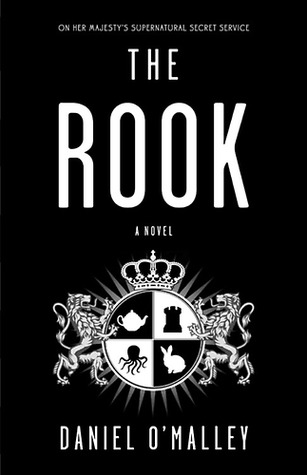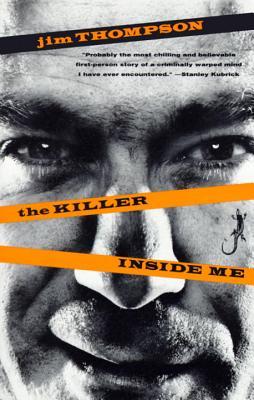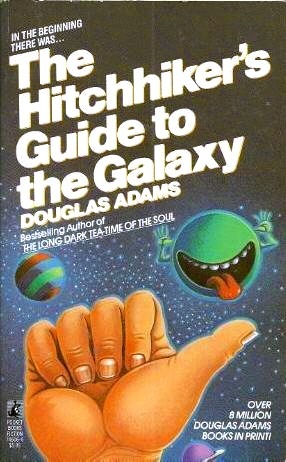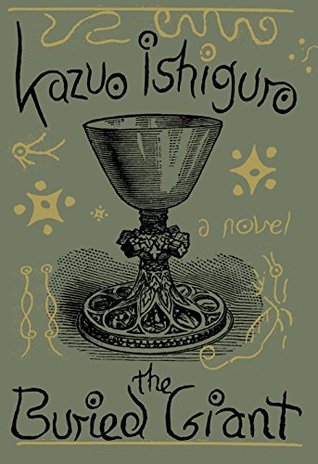This week's edition of Top Ten Tuesdays (hosted by The Broke & The Bookish) is about the books that I've recently added to my TBR list. My To-Be-Read list is long (officially 317, unofficially 502), and jumps all over the place. From sci-fi to sociology, poetry to philosophy, cookbooks to picture books, contemporaries to classics. I hear about a book somewhere that seems vaguely interesting and I add it to the queue because otherwise I will never remember it again. Part of me admires my fellow bookworms who are more selective than I about which books make it to this list. But the other part of me likes trying all sorts of genres and types of books, because really, I just enjoy the experience of a good story.
The Housekeeper and the Professor by Yoko Ogawa
As I have a quiet obsession with contemporary Japanese lit and I recently finished A Tale for the Time Being, Goodreads suggested I read this book. It’s about a poor housekeeper who helps a brilliant math professor who has short-term memory loss, and what it means to live in the present. It sounds like it blends math with metaphors for life in a beautiful way.
What Angels Fear (Sebastian St. Cyr #1) by C.S. Harris
Jessica at Quirky Bookworm is in love with the Sebastian St. Cyr mystery series that is set in Georgian England. I’m in love with these three words being in the same sentence: mystery, Georgian, England.
The Face by Ruth Ozeki
This is a collection of essays by various authors writing about their own faces. It’s a little more literary than things I usually read, but I’m curious about the potentials in the theme drawn from a Jorge Luis Borges quote: “A face has a social history: it tells of lineage and belonging. It exists is relation to other faces past and future. Our faces are constant but evolving companions. They are certainly not the faces we are born with, and we don't know which face we will be wearing when we die. A face accumulates signs of wear and betrays our habits of living. Above all, our faces are our most distinctive signatures; flesh-and-blood emblems of the identities we carry around invisibly.”
All Over Creation by Ruth Ozeki
This fictional novel about industrial agriculture giants and antagonizing protestors and community activists attracted me mostly because I’m interested in reading more books by Ruth Ozeki. Though, I do have a passionate hate for Monsanto and a distrust of large farming operations...
My Year of Meats by Ruth Ozeki
Ruth Ozeki’s first novel is set in Japan and features a mysterious link between a Japanese tv show and the American meat industry. Again, not THAT interested in the book but I’m curious about the author.
The Blue Castle by L.M. Montgomery
Someone said this was a book from their childhood that they would like to revisit during last week’s TTT… I can’t for the life of me remember who posted that! But the point here is that I LOVED Anne of Green Gables and I never once thought that L.M. Montgomery might have written other books. Silly me.
The Rook by Daniel O’Malley
A girl with supernatural abilities (and memory loss) learns that she is part of a secret organization of highly skilled fighters, and wants to know what happened in her past. Intrigue, conspiracy, British government… I’m curious! (Again, I can’t recollect who recommended this to me. I have memory loss too).
The Killer Inside Me by Jim Thompson
This is an older roman noir, first published in 1952. Roman noirs are mysteries where the protagonist is not the detective, but is a victim, perpetrator, or both. The protagonist in this book is a sheriff in a Texas oil town. Are you not eager to read this gritty crime novel?
The Only Ones by Carola Dibbell
Dystopia (check). Biological manipulation (check). Main character trying to stay alive while multiple factions try to get her (check).
Nest by Ester Erhlich
Wendy Darling at The Midnight Garden posted a great review of Nest. This middle-grade novel seems beautiful and soft, while addressing harder issues (the main character’s mom develops a serious disease) in a genuine and authentic way.
The Housekeeper and the Professor by Yoko Ogawa
As I have a quiet obsession with contemporary Japanese lit and I recently finished A Tale for the Time Being, Goodreads suggested I read this book. It’s about a poor housekeeper who helps a brilliant math professor who has short-term memory loss, and what it means to live in the present. It sounds like it blends math with metaphors for life in a beautiful way.
What Angels Fear (Sebastian St. Cyr #1) by C.S. Harris
Jessica at Quirky Bookworm is in love with the Sebastian St. Cyr mystery series that is set in Georgian England. I’m in love with these three words being in the same sentence: mystery, Georgian, England.
The Face by Ruth Ozeki
This is a collection of essays by various authors writing about their own faces. It’s a little more literary than things I usually read, but I’m curious about the potentials in the theme drawn from a Jorge Luis Borges quote: “A face has a social history: it tells of lineage and belonging. It exists is relation to other faces past and future. Our faces are constant but evolving companions. They are certainly not the faces we are born with, and we don't know which face we will be wearing when we die. A face accumulates signs of wear and betrays our habits of living. Above all, our faces are our most distinctive signatures; flesh-and-blood emblems of the identities we carry around invisibly.”
All Over Creation by Ruth Ozeki
This fictional novel about industrial agriculture giants and antagonizing protestors and community activists attracted me mostly because I’m interested in reading more books by Ruth Ozeki. Though, I do have a passionate hate for Monsanto and a distrust of large farming operations...
My Year of Meats by Ruth Ozeki
Ruth Ozeki’s first novel is set in Japan and features a mysterious link between a Japanese tv show and the American meat industry. Again, not THAT interested in the book but I’m curious about the author.
The Blue Castle by L.M. Montgomery
Someone said this was a book from their childhood that they would like to revisit during last week’s TTT… I can’t for the life of me remember who posted that! But the point here is that I LOVED Anne of Green Gables and I never once thought that L.M. Montgomery might have written other books. Silly me.
The Rook by Daniel O’Malley
A girl with supernatural abilities (and memory loss) learns that she is part of a secret organization of highly skilled fighters, and wants to know what happened in her past. Intrigue, conspiracy, British government… I’m curious! (Again, I can’t recollect who recommended this to me. I have memory loss too).
The Killer Inside Me by Jim Thompson
This is an older roman noir, first published in 1952. Roman noirs are mysteries where the protagonist is not the detective, but is a victim, perpetrator, or both. The protagonist in this book is a sheriff in a Texas oil town. Are you not eager to read this gritty crime novel?
The Only Ones by Carola Dibbell
Dystopia (check). Biological manipulation (check). Main character trying to stay alive while multiple factions try to get her (check).
Nest by Ester Erhlich
Wendy Darling at The Midnight Garden posted a great review of Nest. This middle-grade novel seems beautiful and soft, while addressing harder issues (the main character’s mom develops a serious disease) in a genuine and authentic way.
















































